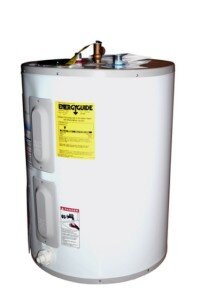Toilets rarely act up, but when they do, they can cause plenty of headaches. A toilet overflowing is one of the toilet problems that can turn into a huge plumbing disaster. Knowing what causes a toilet to overflow helps you prevent it and makes it easier for you or a professional to fix it. So what causes a toilet to overflow? Here are the possible reasons.
Clogged Pipes
A clog in the toilet or nearby pipes will prevent water from draining when you flush the toilet. When water can't leave your home due to a clog, it will overflow from the bowl. The use of excessive toilet paper is the most common cause of such clogs. You can fix simple clogs with a plunger. Call in a professional if you're unable to remove a clog.
Blocked Vent Pipe
If your toilet clogs up frequently, a blocked vent pipe may be the culprit. A plumbing vent allows external air into your plumbing system to replace the air pumped down the drain with every flush. When debris causes a clog in the vent pipe, your toilet won't flush properly and may overflow. You may also notice bad smells or bubbling sounds after flushing the toilet. Fixing this issue usually requires the expertise of a plumber.
Improperly Adjusted Float
A filler float that's too high will cause water to overflow from the toilet tank. You can adjust the mechanism in the tank to control the float's level, solving this problem.
Sewer Issues
If you shut off the main water supply and your toilet continues overflowing, you have a clogged sewer line, and that could be what causes a toilet to overflow. You'll need to call a plumber immediately. If you use a septic tank, you'll need to have a plumber flush out the system.
Now that you have a good idea of what causes a toilet to overflow, make sure you always call a plumbing professional in case of a complicated clog or a recurring overflow. For any plumbing problems in the Broken Arrow area, contact the certified and experienced plumbers at Air Assurance.





